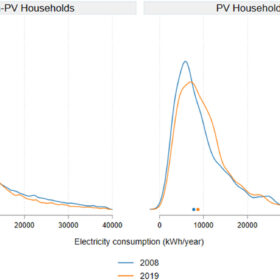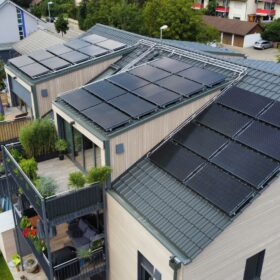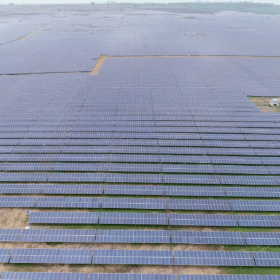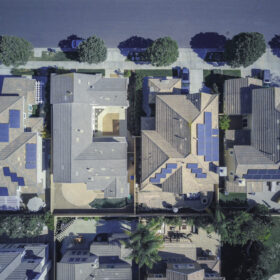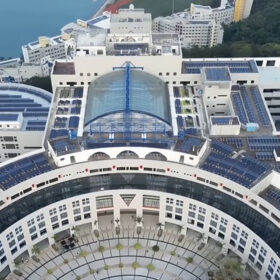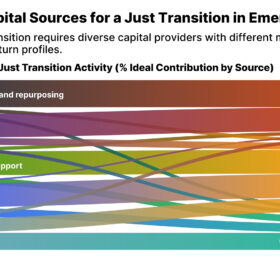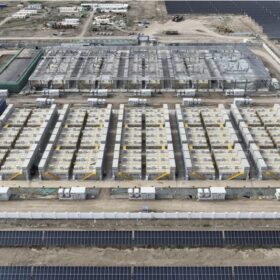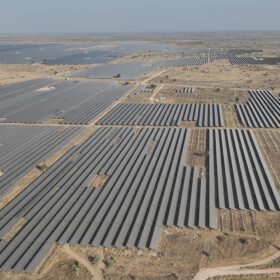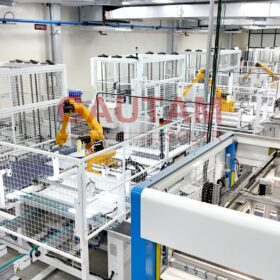New research confirms residential PV tends to increase household power consumption
New Swiss research shows PV-powered homes can increase power consumption by up to 11% compared to non-solar households. This rise is linked to electric vehicle adoption or other high-usage appliances, which the study’s author notes is not inherently negative or wasteful.
Photovoltaics vs. photovoltaic-thermal
Researchers in India say that photovoltaic-thermal (PVT) systems offer greater performance stability than conventional PV systems in hot climates. Using irradiance and temperature data, the team applied a Random Forest model that predicted efficiency classes with 97% accuracy.
Ikea begins offering balcony solar kits
Swedish furniture retailer Ikea is selling plug-in solar kits in Germany, with storage-inclusive systems starting at €1,229 ($1,425) and reaching €2,800 for versions featuring four 520 W panels. The kits are designed for residential self-consumption and vary by capacity and configuration.
The role of advanced transformers in India’s green transition
Without resilient, responsive, and renewable-ready transformer networks, India’s decarbonization goals risk being destabilized by the very variability they aim to harness.
New study estimates India’s solar potential at 10,830 GW
A new study by The Energy and Resources Institute (TERI) has estimated India’s total solar potential at 10,830 gigawatts (GW), significantly higher than the previous 2014 assessment of 748 GW by the Ministry of New and Renewable Energy (MNRE). The study revisits conventional solar deployment areas such as barren and unculturable lands and explores additional avenues to expand the country’s solar potential.
U.S. residential solar on the brink of collapse
Residential solar is on a downturn, and things may get worse. In a shock for the industry, the latest draft of the “One Big Beautiful Bill Act” excludes residential solar lease providers from the Investment Tax Credit.
Different dust, different impact on PV module performance
Scientists in Germany have collected dust from Qatar, Morocco and Thailand to analyze the impact on the performance of uncoated solar glass and uncoated PV mini-modules. Their analysis has shown that dust coverage could range from 4% to 60%.
Rooftop solar may ‘unintentionally’ exacerbate urban heat
New research from Hong Kong confirms that rooftop PV systems could raise daytime temperatures in urban environments. The scientists explained that although their findings highlight important urban resilience considerations, they should not detract from the broader benefits of PV systems for energy sustainability and carbon reduction.
Targeted co-financing to support a just transition in emerging economies: IEEFA
Supporting a Just Transition in emerging economies requires not only large-scale capital for infrastructure such as renewables but also targeted financing for communities and small businesses. Capital should be matched to specific activities based on risk and impact, says a new report by the Institute for Energy Economics and Financial Analysis (IEEFA).
ReNew Q4 profit soars 415% YoY on solar manufacturing boost
ReNew’s net profit for the quarter ended March 31, 2025 surged 415% year-on-year to INR 313.7 crore ($37 million) with external sales of solar modules and cells alone contributing INR 220 crore.
